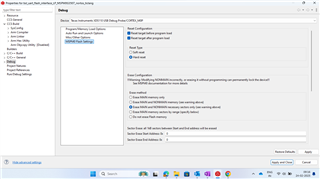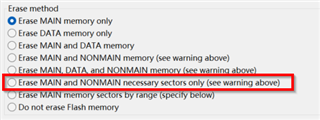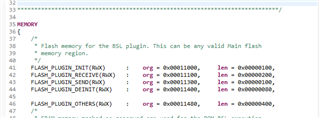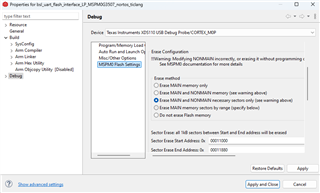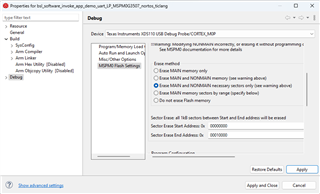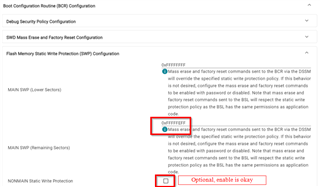Other Parts Discussed in Thread: MSPM0G3507, UNIFLASH
Tool/software:
Hello,
I am using MSPM0G3107 controller for my application. This involves performing firmware update via UART pins of the controller. Due to the use of UART to RS485 converter connected to these pins, direct use of ROM based BSL was not feasible. So to modify the UART communication interface as per RS-485 requirements, we decided to use the BSL flash plugin interface example more specifically the -
"bsl_uart_flash_interface_LP_MSPM0G3507_nortos_ticlang" example code given for MSP SDK version "mspm0_sdk_2_03_00_07"
I wanted to enquire about the following:
1. In the project, I could not find the main() function i.e. start of the program. So this project is only for modification of ROM based BSL or one can add the main application code in this project as well ??
2. We are planning to invoke BSL via a software request i.e. UART pins will receive certain data and invoke BSL. Is the code to implement this part present in this sample project or not ..? Or do we need to upload 2 programs i.e. ("bsl_uart_flash_interface" for modifying the ROM BSL interface and "bsl_software_invoke_app_demo_uart" for application code that receives software based BSL invoke and receives commands ..?)
Regards




